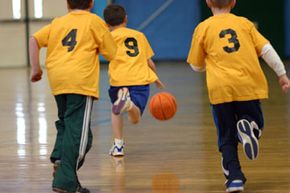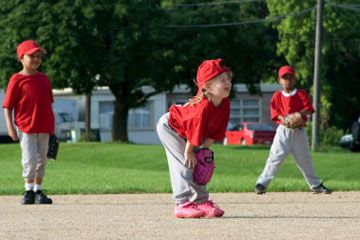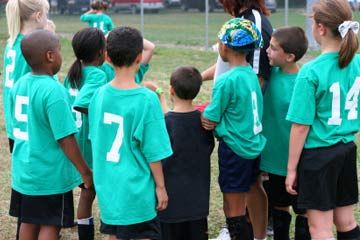Whether you're a seasoned veteran or a complete novice, coaching youth basketball can be a fun and rewarding experience. You'll have the opportunity to teach kids the fundamentals of the game as well as the importance of teamwork and the value of good sportsmanship -- lessons that may stick with them for years to come. To help kids prepare for the next level of competition, you'll need to teach them the basics of the game.
When Dr. James Naismith invented the game of basketball in 1891, there were only 13 basic rules [source: USA Basketball]. Since then, the game has become quite a bit more complicated, and in order to teach kids the rules, you'll need a basic understanding of them yourself. However, they probably won't be too difficult to grasp, and watching a few games could help considerably. Aside from knowing the rules, you'll also need an understanding of the necessary equipment and the basic skills required to play the game.
Advertisement
Another important aspect of coaching youth basketball is introducing your players to the concept of running plays. This will not only teach them about the importance of teamwork, but it will prepare them for the future should they choose to continue playing basketball. There are offensive plays, defensive plays and even plays designed to inbound the basketball, so having a few of each in your coaching repertoire is a good idea.
Coaching youth basketball has several benefits. Not only is it a way to get involved in your community, but it also allows you the chance to stay physically active and donate your time. You might even get as much out of it as the kids. The important thing is to make sure the kids are having fun and to encourage them along the way [source: American Sport Education Program]. For a basic rundown of the rules of youth basketball, keep reading.
Advertisement


